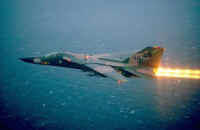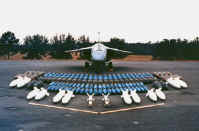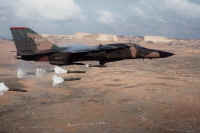 |
|
|||
|
|
||||
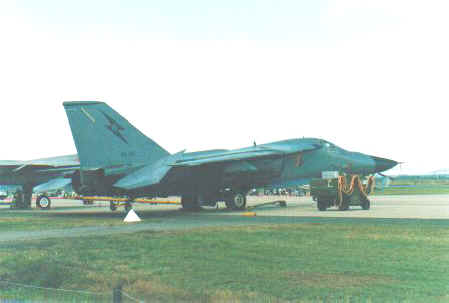 |
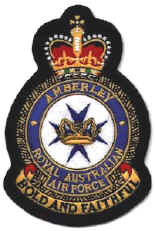 |
|
F111 Fighter/Bomber "The Pig" |
|
| RAAF Base Amberley is located just outside of Ipswich - 40minutes drive west of Brisbane. It is home to Australia's F111 aircraft and the associated combat support, logistics & training personnel. | |
|
The F-111A first flew in December 1964. The F-111 was a multipurpose tactical fighter bomber capable of supersonic speeds. The aircraft was one of the most controversial aircraft ever to fly, yet it achieved one of the safest operational records of any aircraft in USAF history and became a highly effective all-weather interdiction aircraft. The F-111 could operate from tree-top level to altitudes above 60,000 feet (18,200 meters). The F-111 had variable-sweep wings that allow the pilot to fly from slow approach speeds to supersonic velocity at sea level and more than twice the speed of sound at higher altitudes. Wings angle from 16 degrees (full forward) to 72.5 degrees (full aft). Full-forward wings gave the most surface area and maximum lift for short takeoff and landing. The F-111 needed no drag chute or reserve thrust to slow down after landing. The two crew members sat side-by-side in an air-conditioned, pressurized cockpit module that served as an emergency escape vehicle and as a survival shelter on land or water. In emergencies, both crew members remained in the cockpit and an explosive cutting cord separated the cockpit module from the aircraft. The module descended by parachute. The ejected module included a small portion of the wing fairing to stabilize it during aircraft separation. Airbags cushioned impact and help keep the module afloat in water. The module could be released at any speed or altitude, even under water. For underwater escape, the airbags raised the module to the surface after it has been severed from the plane. The aircraft's wings and much of the fuselage behind the crew module contained fuel tanks. Using internal fuel only, the plane had a range of more than 2,500 nautical miles (4,000 kilometers). External fuel tanks could be carried on the pylons under the wings and jettisoned if necessary. The F-111's automatic terrain-following radar system flew the craft at a constant altitude following the Earth's contours. It allowed the aircraft to fly in valleys and over mountains, day or night, regardless of weather conditions. Should any of the system's circuits fail, the aircraft automatically initiated a climb. |
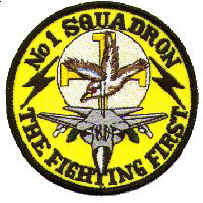
1SQN The Fighting First - 1997 |
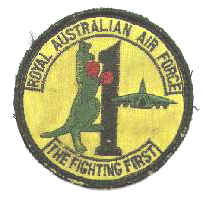
1Sqn The Fighting First - Boxing Kangaroo
|
|
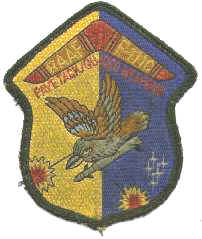
F-111C Pave Tack - Kookaburra |
|
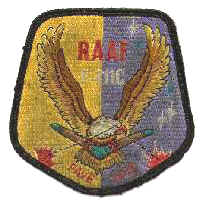
F-111C Pave Tack - Eagle |
|
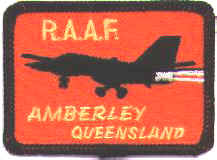 |
|
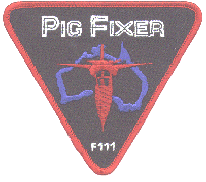 |
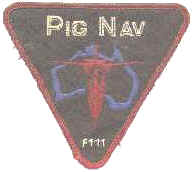 |
| Unofficial RAAF Crew Badges, early 1990's (Pilot, NAV, Fixer and Equipo) | |
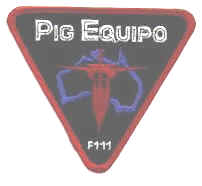 |
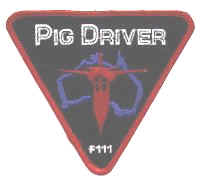 |
|
wording from http://www.fas.org/man/dod-101/sys/ac/f-111.htm badges from http://f-111.net/patches/index.htm |
|
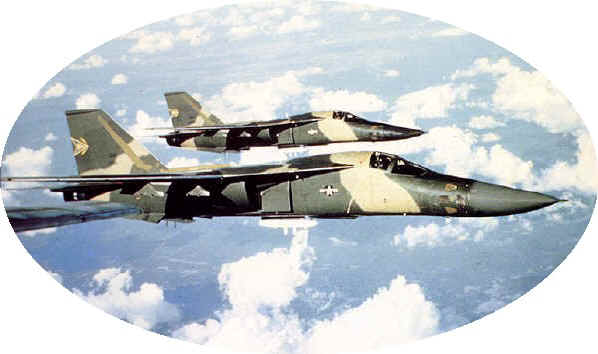 |
| F111a aircraft with the USAF flew combat missions in Viet Nam |
